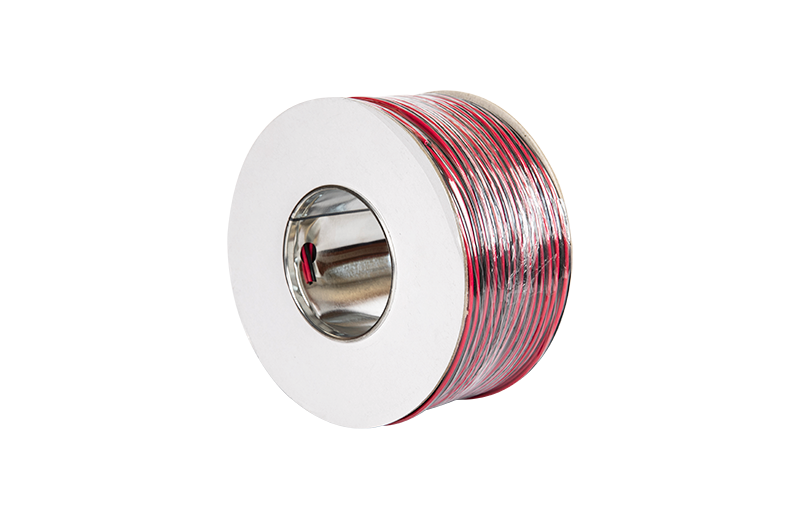Summary:When embarking on the selection of low-voltage speaker cable wires for commercial installations, several crucial cost considerations should guide your
When embarking on the selection of low-voltage speaker cable wires for commercial installations, several crucial cost considerations should guide your decision-making process. These cables serve a fundamental role in transmitting audio signals efficiently and reliably over distances within buildings, ensuring that sound quality is maintained from source to speaker.
Firstly, the choice of materials significantly impacts the cost of low-voltage speaker cables. Copper remains the most common conductor due to its excellent conductivity and cost-effectiveness. However, higher purity copper or specialty alloys, which offer superior conductivity and lower resistance, can drive up the initial cost of the cables. While aluminum is a cheaper alternative, it generally requires thicker conductors to achieve comparable performance to copper, potentially offsetting any initial cost savings.
The gauge of the cable is another critical factor affecting costs. Thicker gauges (lower AWG numbers) are necessary for longer cable runs or applications where higher power transmission is required. Thicker cables use more material, thus increasing costs. This expense is justified by reduced signal loss over longer distances, ensuring optimal audio quality without distortion.
Furthermore, the quality of insulation and jacketing materials directly impacts durability and performance. Cables designed for commercial installations often require robust insulation to withstand environmental factors such as moisture, heat, and physical wear. High-quality insulation materials, although more expensive, contribute to the longevity and reliability of the cables, reducing the need for frequent replacements and maintenance.
Considerations of certifications and compliance also influence costs. Cables that meet industry standards and safety regulations, such as UL ratings or NEC codes, undergo rigorous testing and may incorporate additional materials to achieve compliance. While these cables may come at a higher upfront cost, they offer peace of mind regarding safety and regulatory adherence, which is critical in commercial settings.

The reputation and brand of the manufacturer also play a role in pricing. Established brands often command higher prices due to their track record of reliability, customer support, and warranty coverage. Investing in reputable brands can mitigate risks associated with product failures and ensure ongoing support throughout the lifespan of the installation.
Long-term costs should be considered alongside initial expenditures. Higher-quality cables typically have longer lifespans and require less frequent replacement, offsetting their higher upfront cost over time. Moreover, the ease of installation and compatibility with existing infrastructure can impact overall installation costs. Cables that integrate seamlessly into the setup and require minimal specialized tools or expertise can reduce labor expenses.
In conclusion, while the initial cost of low-voltage speaker cable wires for commercial installations may seem significant, it is essential to weigh these expenses against the benefits they provide. Reliable transmission of audio signals, reduced signal loss, compliance with safety standards, and longevity are crucial advantages that justify the investment in higher-quality cables. By carefully evaluating material choices, gauges, insulation quality, certifications, and long-term operational costs, businesses can make informed decisions that optimize performance and reliability in their commercial speaker installations while managing budget constraints effectively.
